A password will be e-mailed to you
The Ullastret ruins, located just 15 minutes from Foixà, offer a unique experience for lovers of history and archaeology. This ancient Iberian settlement, known as the largest Iberian city in Catalonia, transports us to a time when the Iberians dominated these lands. If you’re staying at Rustic Find, you can’t miss the opportunity to visit this impressive site.
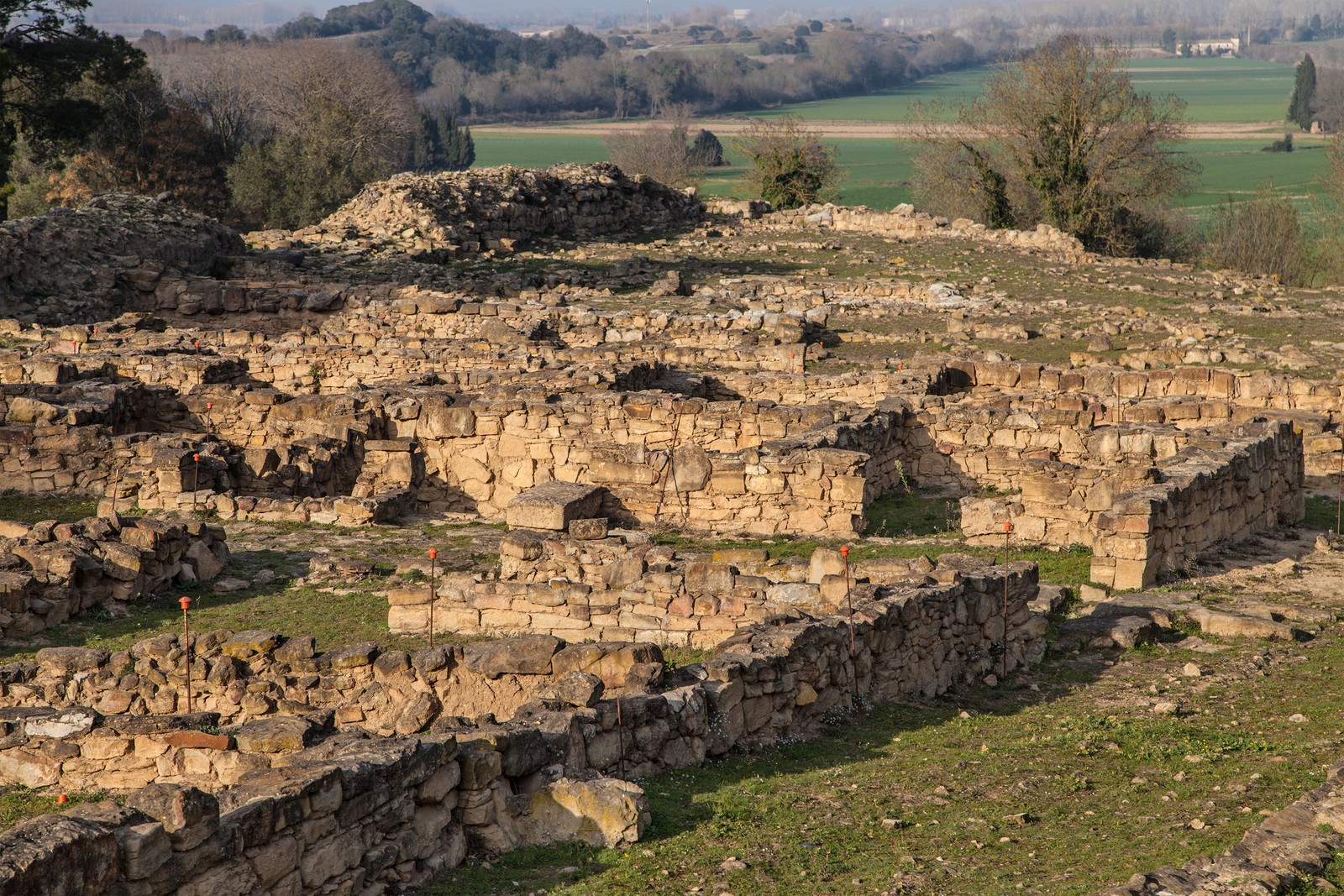
Ullastret is a village very close to our rural house Mas Darovie in Foixà. From our rural accommodation, you can reach Ullastret in different ways, but the best way to explore the area while enjoying a pleasant trip with idyllic views is by bike. If you haven’t brought your own bike, we recommend renting one in Gualta, a village just 10 minutes away from Mas Darovie. There, you can rent a Burricleta, a self-propelled bike that makes the ride easier, even though the terrain is mostly flat and not too challenging.
The Ullastret ruins are not only a testament to ancient history but also a reflection of the daily life of a civilization that thrived for centuries in the Baix Empordà region. The Iberian city of Ullastret was the capital of the Indigetes, a tribe that inhabited this area from the 6th century BC until the Roman conquest.
The archaeological site allows us to understand how these ancient inhabitants lived, worked, and defended themselves, thanks to the well-preserved remains of their walls, houses, and public buildings. Walking through its streets, we can imagine the daily life of the Iberian people, from agriculture to trade with other Mediterranean cultures such as the Greeks and Phoenicians.
The Indigetes were an Iberian tribe known for their military strength, architectural sophistication, and their connection with other Mediterranean cultures. Their economy was based on agriculture, particularly the cultivation of cereals, vineyards, and olive trees, as well as livestock farming. Additionally, the Indigetes traded with other Mediterranean peoples, exchanging goods such as pottery, textiles, and metals, which allowed them to establish a relatively prosperous and advanced society for the time.
The inhabitants of Ullastret lived in a well-organized society. The city was divided into districts with specific functions: residential areas, commercial zones, and spaces dedicated to religion and politics. The houses were built with stone and mud, and the families that lived there were likely large, sharing spaces for cooking, resting, and storing food.
As mentioned, agriculture and livestock farming were the main economic activities, and the Iberians produced a wide variety of foods, such as wheat, barley, oil, and wine. The tools they used for farming, many of which can be seen at the Ullastret Archaeology Museum, give us a clear idea of their skill and ingenuity in harnessing the natural resources of the area.
The Iberian city of Ullastret was not isolated. Through maritime trade, established thanks to its proximity to the coast, the Indigetes had connections with other Mediterranean cultures, such as the Greeks who lived in Empúries, the Phoenicians, and the Carthaginians. This commercial and cultural interaction influenced various aspects of Iberian life, such as pottery, metallurgy, and even architecture.
Contact with the Greeks was particularly important for the Iberians of Ullastret. In fact, numerous Greek-origin objects have been found in the ruins, such as wine and oil amphorae, reflecting the strong commercial exchange. The Greeks introduced new techniques in winemaking and agriculture, which improved the productivity and quality of life for the inhabitants of the city.
Like many other Iberian cities, Ullastret was eventually conquered by the Romans in the 2nd century BC. The Roman conquest brought profound changes to the lives of the Indigetes and marked the beginning of Ullastret’s decline as a political and economic center in the region. However, the city continued to be inhabited for some time under Roman rule, but slowly lost its importance until it was eventually abandoned.
The Ullastret ruins have several points of interest that make this visit an immersive and educational experience:
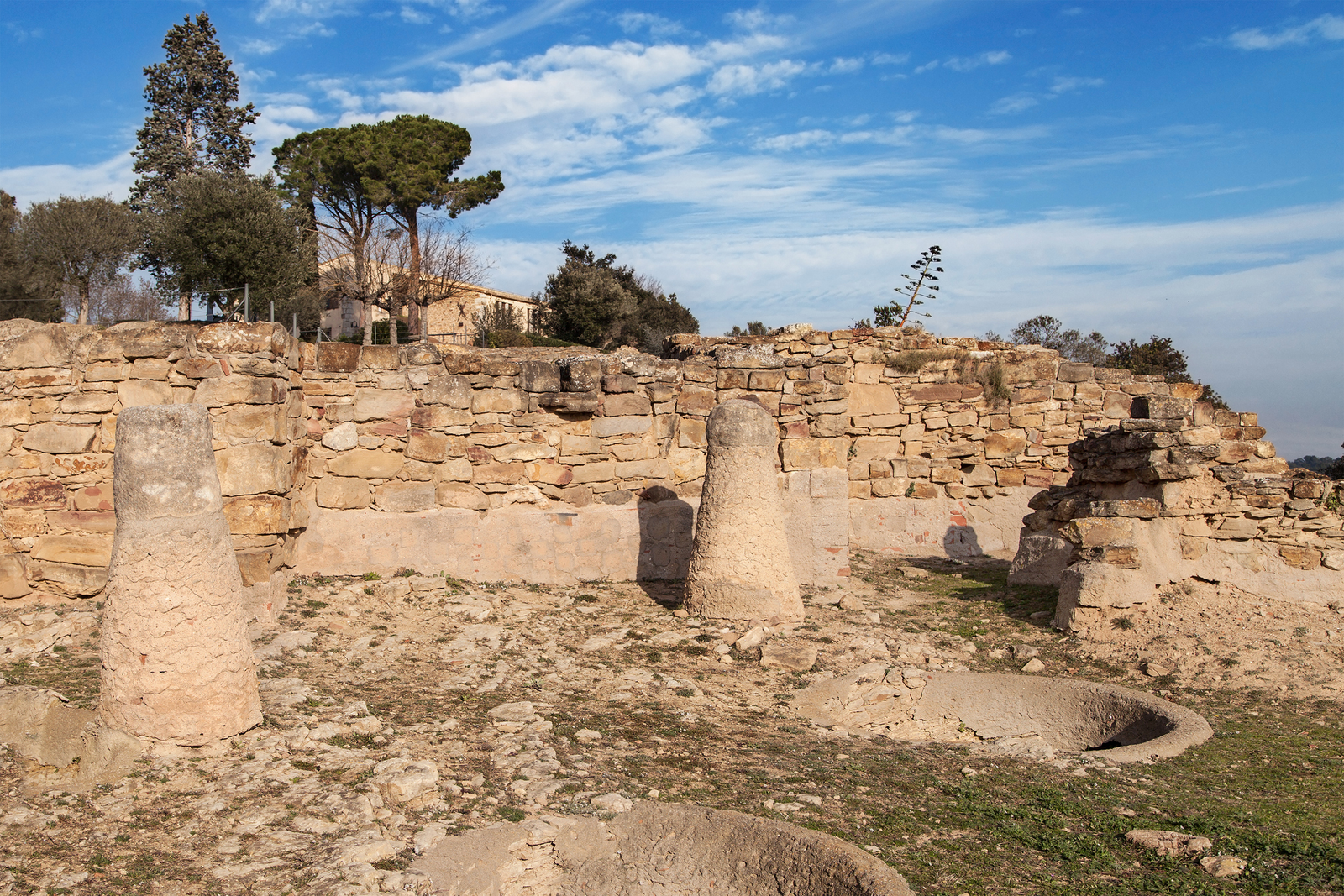

For visitors who want a deeper experience, Ullastret offers guided tours that provide detailed insights into the history and secrets of this emblematic place. Professional guides explain clearly and engagingly the importance of the Iberian city and its connections with other Mediterranean cultures.
Additionally, throughout the year, special activities such as historical reenactments are organized, where actors dressed as Iberians perform scenes from daily life of the time. These activities are ideal for families, as they bring history to life and make it more accessible to younger visitors.
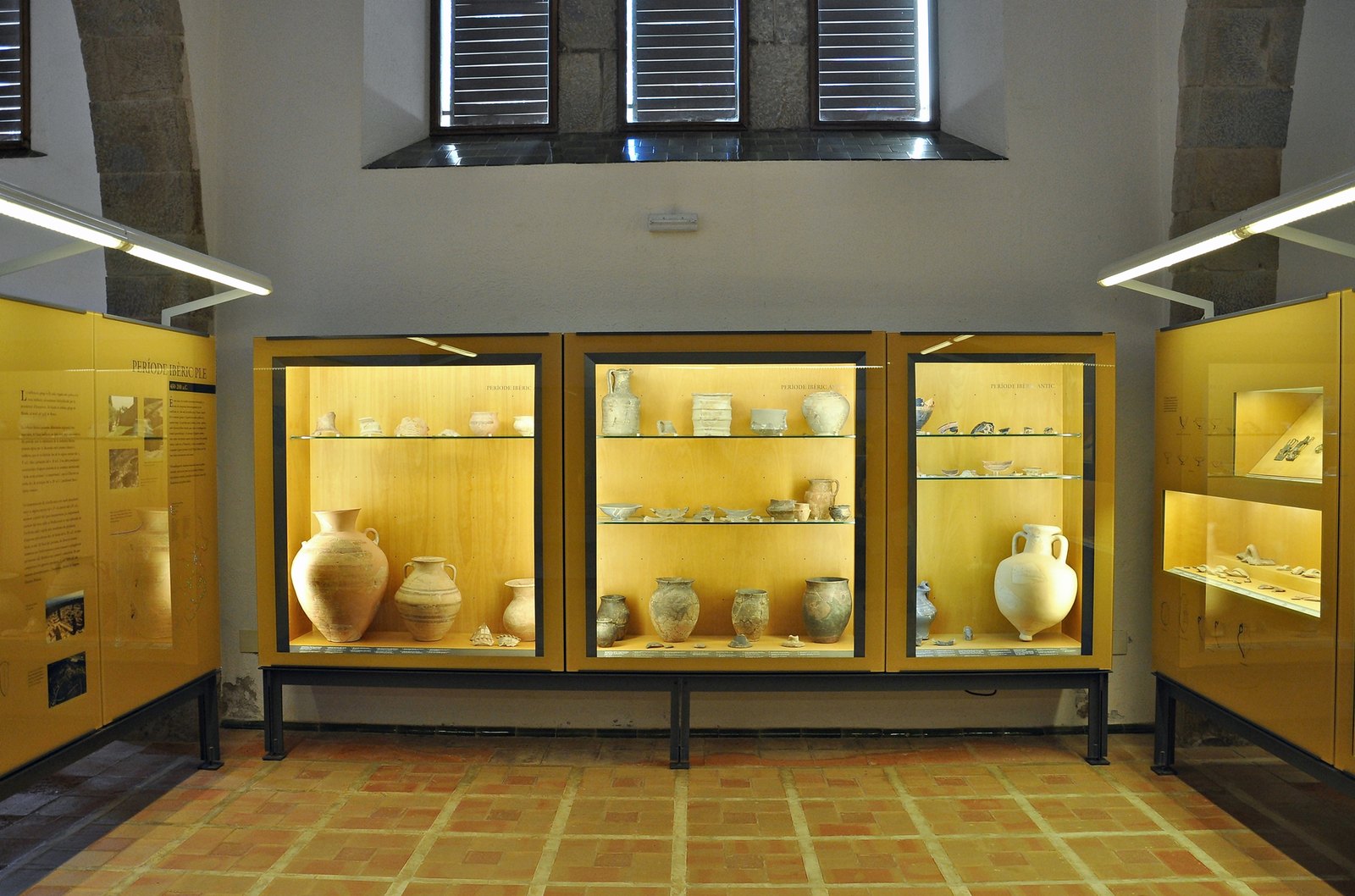
In addition to the impressive ruins of Ullastret, this charming village in Baix Empordà offers other activities and experiences that perfectly complement a cultural day out. We recommend making the most of your visit by also exploring the village center, enjoying the local markets, or savoring the delicious gastronomy of the region.
After visiting the ruins of Ullastret and exploring the market or a local fair, there’s nothing better than enjoying a good meal at one of the village’s restaurants. Ullastret offers excellent options for all tastes, from traditional Catalan cuisine to more creative proposals. Here are some recommended places for a culinary break:
Additionally, if you visit Ullastret, you can’t leave without trying Recuits Nuri, a local specialty that highlights the culinary traditions of the Empordà. Handcrafted with fresh milk, these recuits are a creamy and delicate type of fresh cheese, perfect to enjoy on their own, with honey, or with seasonal fruits.
The weekly market in Ullastret is an excellent opportunity to discover local and artisanal products. Held every Wednesday morning, it offers a wide variety of fresh products such as fruits, vegetables, artisanal cold cuts, cheeses, and wood-fired bread. You’ll also find stalls with typical items from the region.
Ullastret also hosts various fairs and events throughout the year. Check the village’s website for more information. Among the most popular events are the theatrical visits, a unique celebration that recreates the life of the Iberians with workshops, themed stalls, and activities for all ages.
The village’s main festival, held at the beginning of August, is also worth mentioning. During these days, the village comes alive with music, family-friendly activities, and, of course, local gastronomy. Check the municipality’s activity calendar before your visit to make sure you don’t miss any special events.
Discovering the history of the Indigetes and their culture is a rewarding experience for anyone engaged in rural tourism in Baix Empordà. Visiting the Ullastret ruins is much more than contemplating ancient stone structures; it’s an opportunity to connect with a civilization that left a deep mark on the region.
If you’re looking for an escape that combines history, culture, and nature, Ullastret is a must-visit. This historical journey, combined with a stay at a rural accommodation on the Costa Brava, such as Mas Darovie, offers a unique experience for lovers of history, nature, and culture. The peaceful and welcoming atmosphere of the rural houses in the area will allow you to enjoy the beauty of the Empordà landscape while uncovering the mysteries of the past.
Discovering the history of the Indigetes and their culture is a rewarding experience for anyone engaged in rural tourism in Baix Empordà. Visiting the Ullastret ruins is much more than contemplating ancient stone structures; it’s an opportunity to connect with a civilization that left a deep mark on the region.
If you’re looking for an escape that combines history, culture, and nature, Ullastret is a must-visit. This historical journey, combined with a stay at a rural accommodation on the Costa Brava, such as Mas Darovie, offers a unique experience for lovers of history, nature, and culture. The peaceful and welcoming atmosphere of the rural houses in the area will allow you to enjoy the beauty of the Empordà landscape while uncovering the mysteries of the past.
Ullastret also hosts various fairs and events throughout the year. Check the village’s website for more information. Among the most popular events are the theatrical visits, a unique celebration that recreates the life of the Iberians with workshops, themed stalls, and activities for all ages.
The village’s main festival, held at the beginning of August, is also worth mentioning. During these days, the village comes alive with music, family-friendly activities, and, of course, local gastronomy. Check the municipality’s activity calendar before your visit to make sure you don’t miss any special events.
The weekly market in Ullastret is an excellent opportunity to discover local and artisanal products. Held every Wednesday morning, it offers a wide variety of fresh products such as fruits, vegetables, artisanal cold cuts, cheeses, and wood-fired bread. You’ll also find stalls with typical items from the region.
Additionally, if you visit Ullastret, you can’t leave without trying Recuits Nuri, a local specialty that highlights the culinary traditions of the Empordà. Handcrafted with fresh milk, these recuits are a creamy and delicate type of fresh cheese, perfect to enjoy on their own, with honey, or with seasonal fruits.
After visiting the ruins of Ullastret and exploring the market or a local fair, there’s nothing better than enjoying a good meal at one of the village’s restaurants. Ullastret offers excellent options for all tastes, from traditional Catalan cuisine to more creative proposals. Here are some recommended places for a culinary break:
In addition to the impressive ruins of Ullastret, this charming village in Baix Empordà offers other activities and experiences that perfectly complement a cultural day out. We recommend making the most of your visit by also exploring the village center, enjoying the local markets, or savoring the delicious gastronomy of the region.

For visitors who want a deeper experience, Ullastret offers guided tours that provide detailed insights into the history and secrets of this emblematic place. Professional guides explain clearly and engagingly the importance of the Iberian city and its connections with other Mediterranean cultures.
Additionally, throughout the year, special activities such as historical reenactments are organized, where actors dressed as Iberians perform scenes from daily life of the time. These activities are ideal for families, as they bring history to life and make it more accessible to younger visitors.
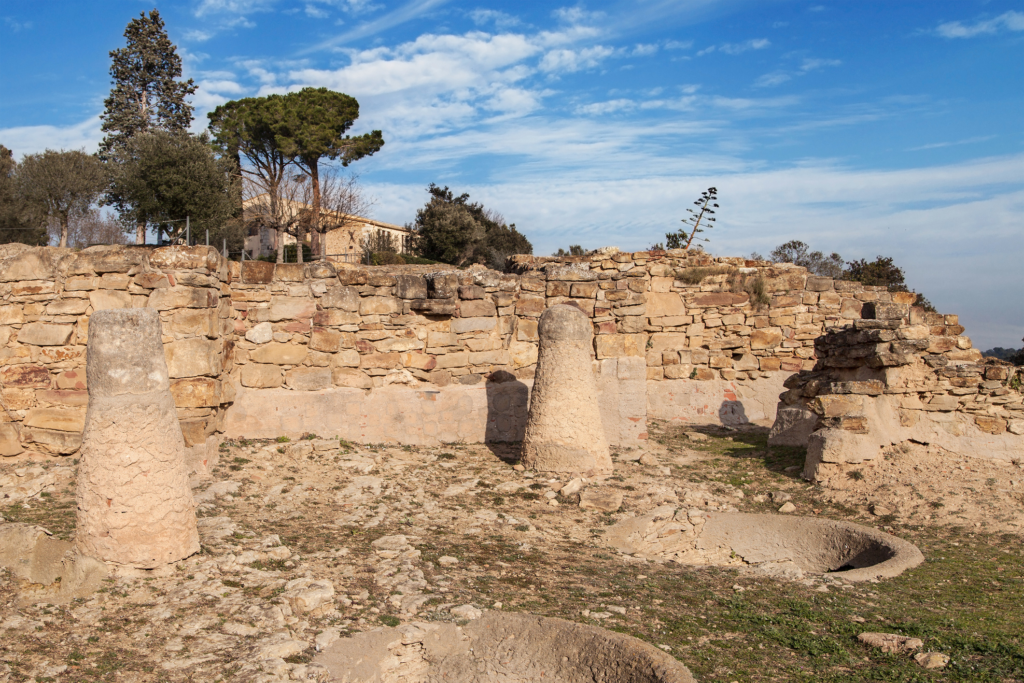
The Ullastret ruins have several points of interest that make this visit an immersive and educational experience:
Like many other Iberian cities, Ullastret was eventually conquered by the Romans in the 2nd century BC. The Roman conquest brought profound changes to the lives of the Indigetes and marked the beginning of Ullastret’s decline as a political and economic center in the region. However, the city continued to be inhabited for some time under Roman rule, but slowly lost its importance until it was eventually abandoned.
The Iberian city of Ullastret was not isolated. Through maritime trade, established thanks to its proximity to the coast, the Indigetes had connections with other Mediterranean cultures, such as the Greeks who lived in Empúries, the Phoenicians, and the Carthaginians. This commercial and cultural interaction influenced various aspects of Iberian life, such as pottery, metallurgy, and even architecture.
Contact with the Greeks was particularly important for the Iberians of Ullastret. In fact, numerous Greek-origin objects have been found in the ruins, such as wine and oil amphorae, reflecting the strong commercial exchange. The Greeks introduced new techniques in winemaking and agriculture, which improved the productivity and quality of life for the inhabitants of the city.
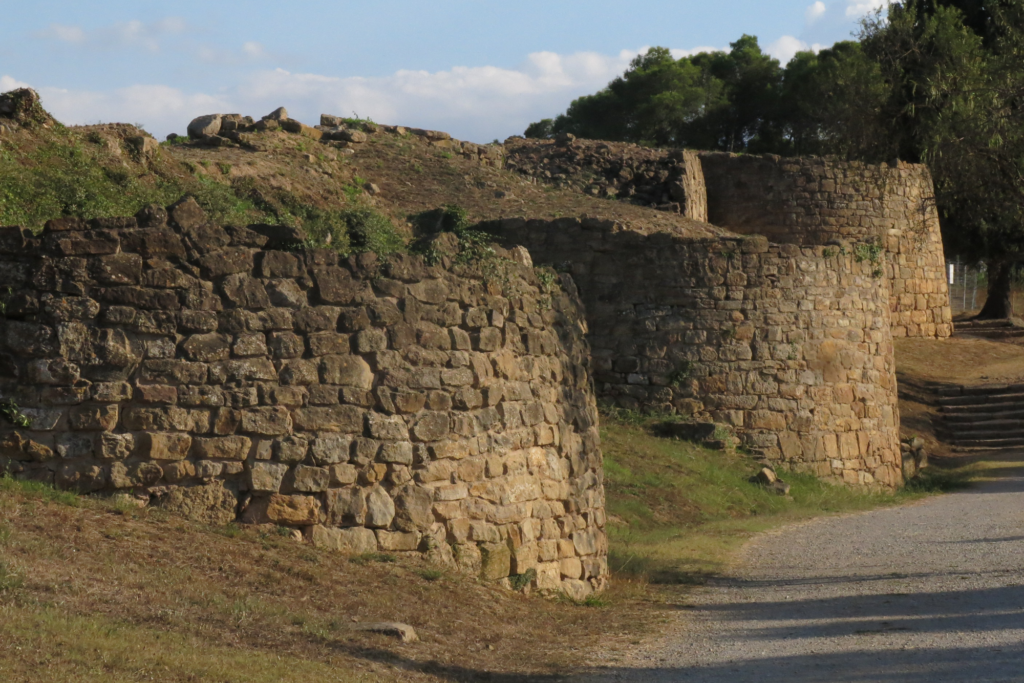
The inhabitants of Ullastret lived in a well-organized society. The city was divided into districts with specific functions: residential areas, commercial zones, and spaces dedicated to religion and politics. The houses were built with stone and mud, and the families that lived there were likely large, sharing spaces for cooking, resting, and storing food.
As mentioned, agriculture and livestock farming were the main economic activities, and the Iberians produced a wide variety of foods, such as wheat, barley, oil, and wine. The tools they used for farming, many of which can be seen at the Ullastret Archaeology Museum, give us a clear idea of their skill and ingenuity in harnessing the natural resources of the area.
The Ullastret ruins are not only a testament to ancient history but also a reflection of the daily life of a civilization that thrived for centuries in the Baix Empordà region. The Iberian city of Ullastret was the capital of the Indigetes, a tribe that inhabited this area from the 6th century BC until the Roman conquest.
The archaeological site allows us to understand how these ancient inhabitants lived, worked, and defended themselves, thanks to the well-preserved remains of their walls, houses, and public buildings. Walking through its streets, we can imagine the daily life of the Iberian people, from agriculture to trade with other Mediterranean cultures such as the Greeks and Phoenicians.
The Indigetes were an Iberian tribe known for their military strength, architectural sophistication, and their connection with other Mediterranean cultures. Their economy was based on agriculture, particularly the cultivation of cereals, vineyards, and olive trees, as well as livestock farming. Additionally, the Indigetes traded with other Mediterranean peoples, exchanging goods such as pottery, textiles, and metals, which allowed them to establish a relatively prosperous and advanced society for the time.
Ullastret is a village very close to our rural house Mas Darovie in Foixà. From our rural accommodation, you can reach Ullastret in different ways, but the best way to explore the area while enjoying a pleasant trip with idyllic views is by bike. If you haven’t brought your own bike, we recommend renting one in Gualta, a village just 10 minutes away from Mas Darovie. There, you can rent a Burricleta, a self-propelled bike that makes the ride easier, even though the terrain is mostly flat and not too challenging.

The Ullastret ruins, located just 15 minutes from Foixà, offer a unique experience for lovers of history and archaeology. This ancient Iberian settlement, known as the largest Iberian city in Catalonia, transports us to a time when the Iberians dominated these lands. If you’re staying at Rustic Find, you can’t miss the opportunity to visit this impressive site.